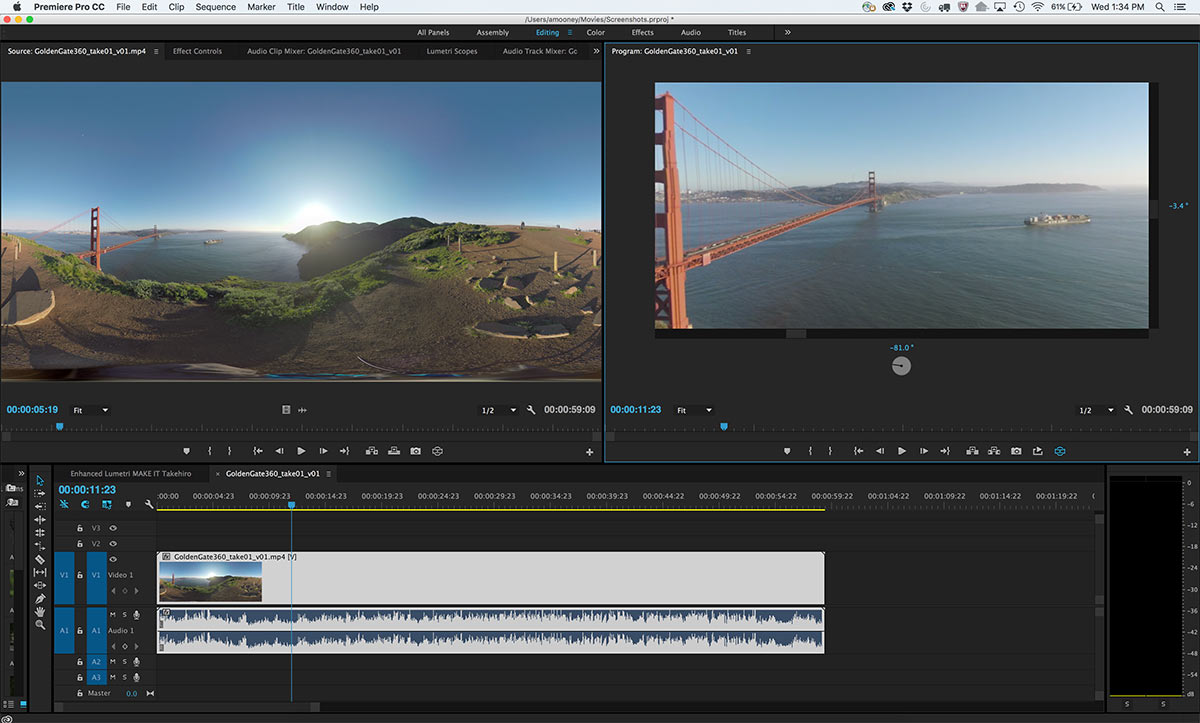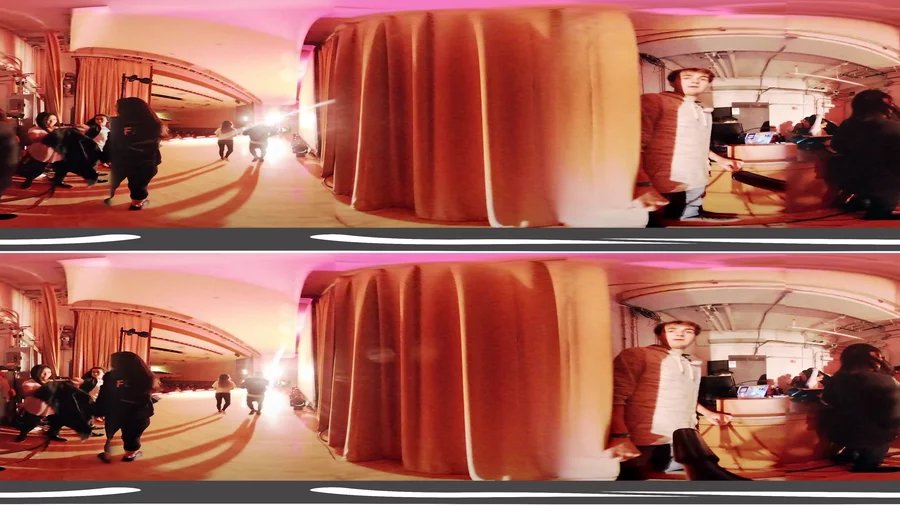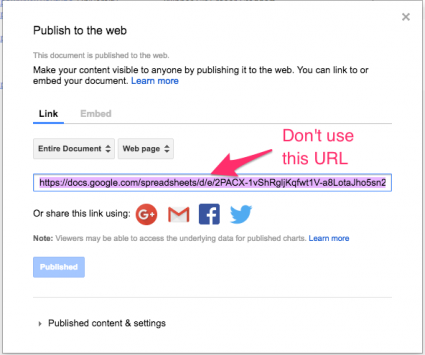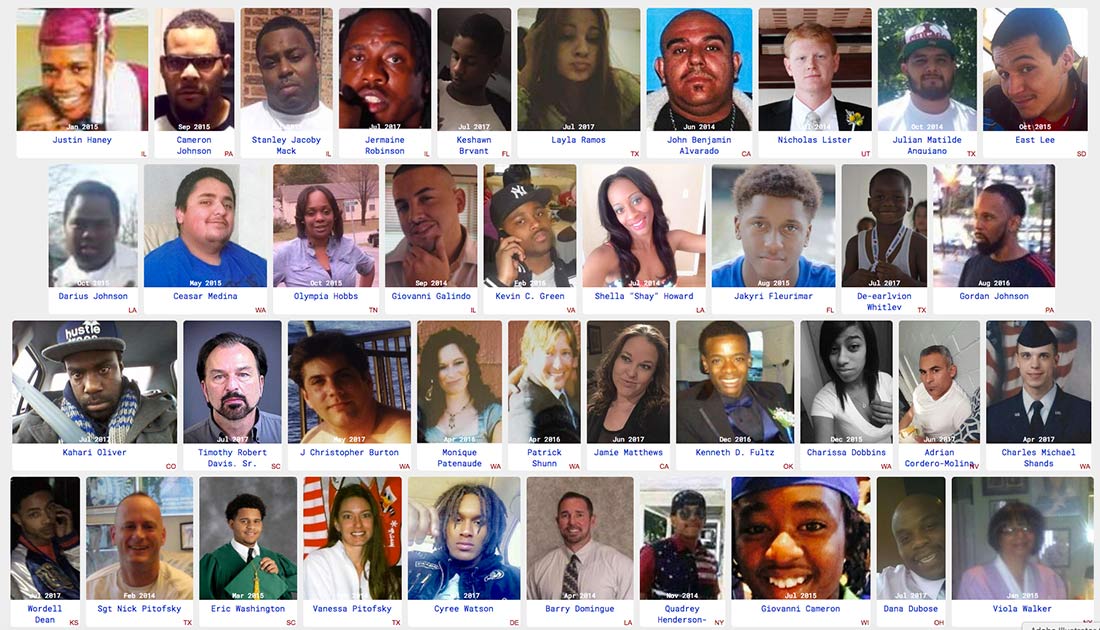Studio | Photojournalism in 3D for VR and Beyond
Photogrammetry for JournalismDocumenting reality in 3D
The ability to recreate an object in 3D to be viewed and handled in virtual reality seems like something you would read in a science fiction novel. In fact, as early as 1950, Ray Bradbury entertained the idea of a virtual reality nursery in “The Veldt” - his short story about two children who solve their anger with their parents by escaping to a simulated grassland. Photogrammetry is the science of deriving measurements from photographs.......













